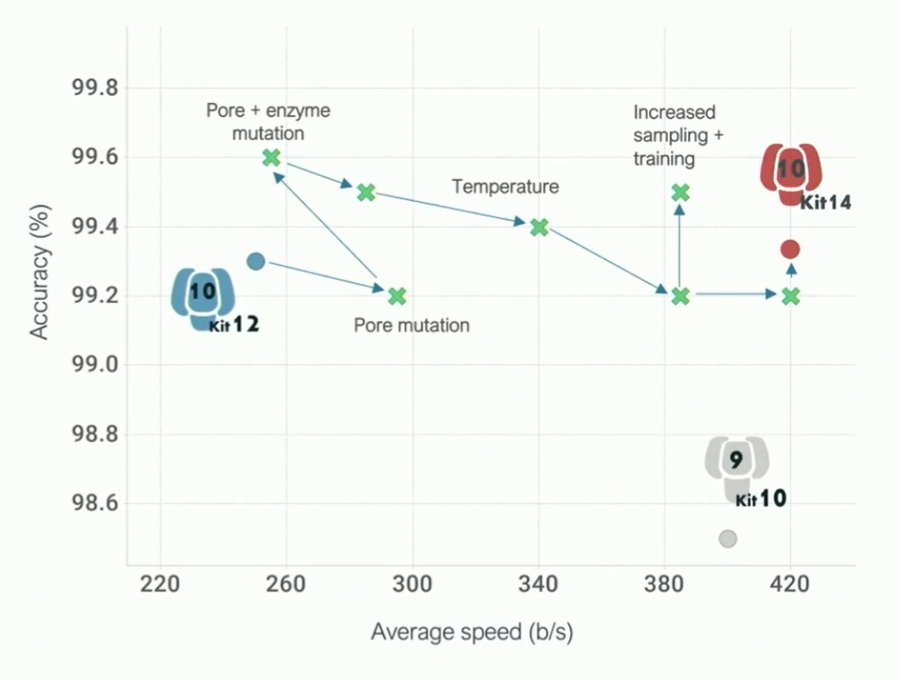
In #biotech #stock news, I've added $NSTG NanoString to the list of companies I follow, one of the players in the single cell and spatial omics fields 

The field is still dominated by $TXG 10X Genomics, which also have recently acquired 3 different companies in the spatial omics area, which encapsulate 60-70% of the technologies used for all the papers published using such technologies. 

You can read more about the history of the field and current players and trends in this document produced by @LambdaMoses : pachterlab.github.io/LP_2021/index.…
• • •
Missing some Tweet in this thread? You can try to
force a refresh










